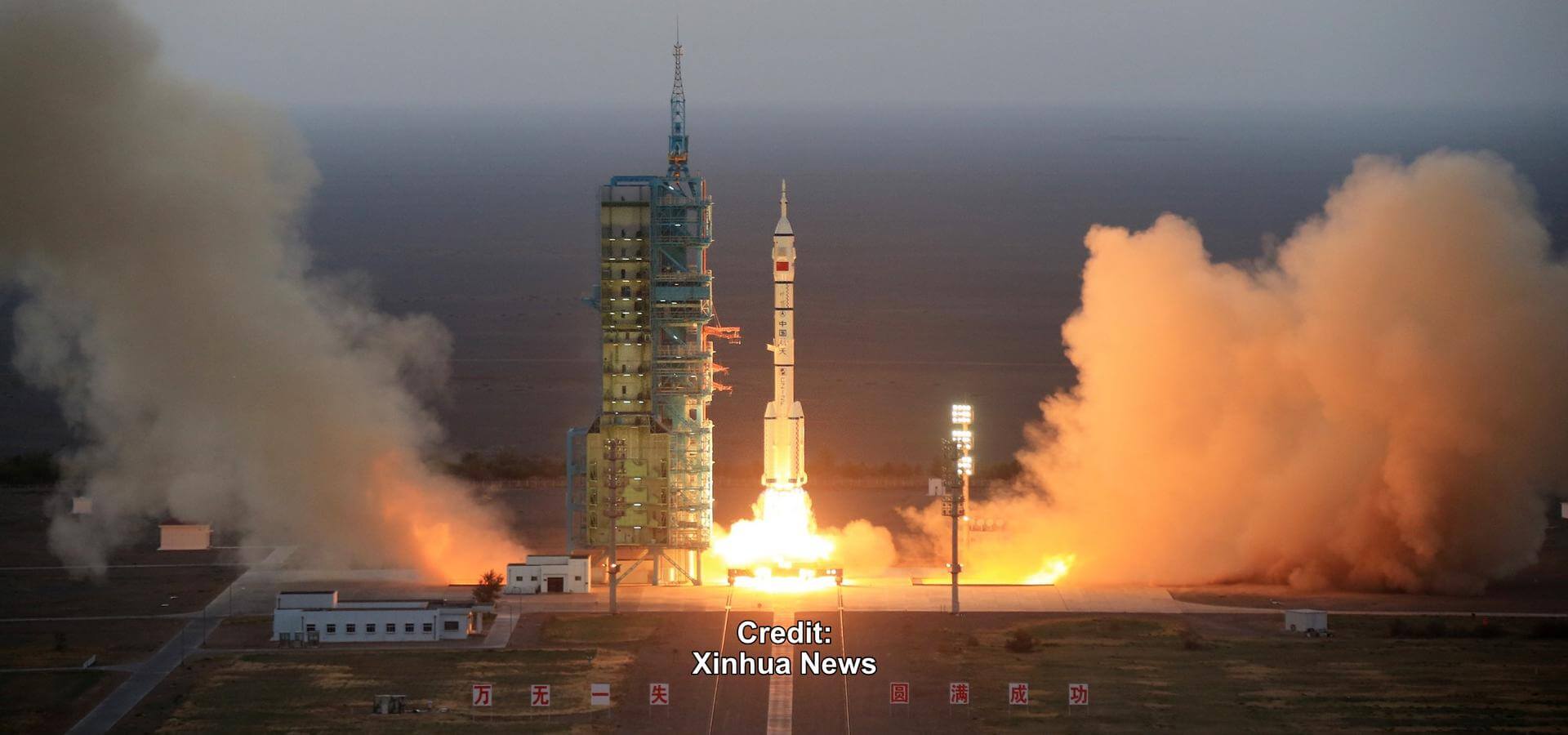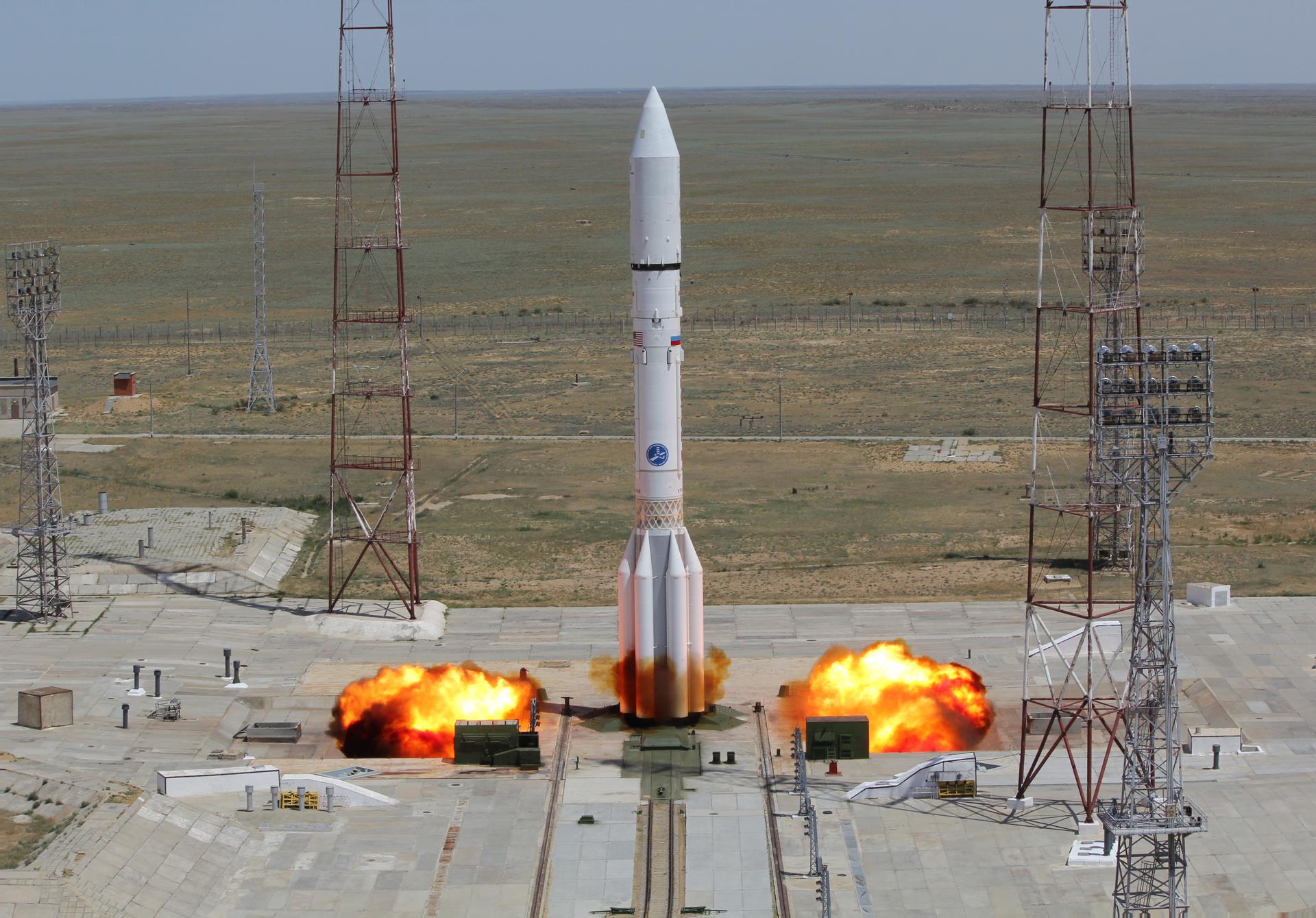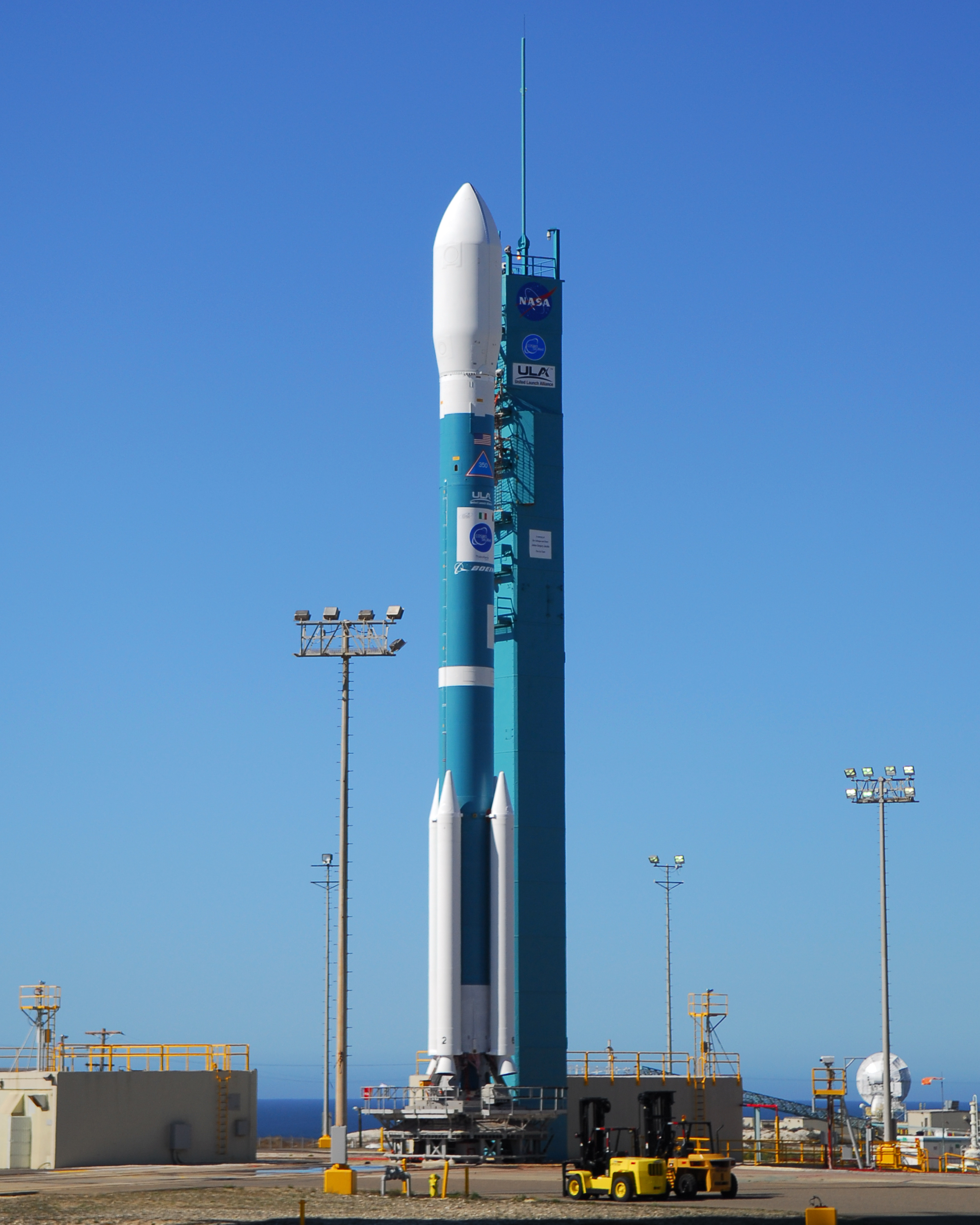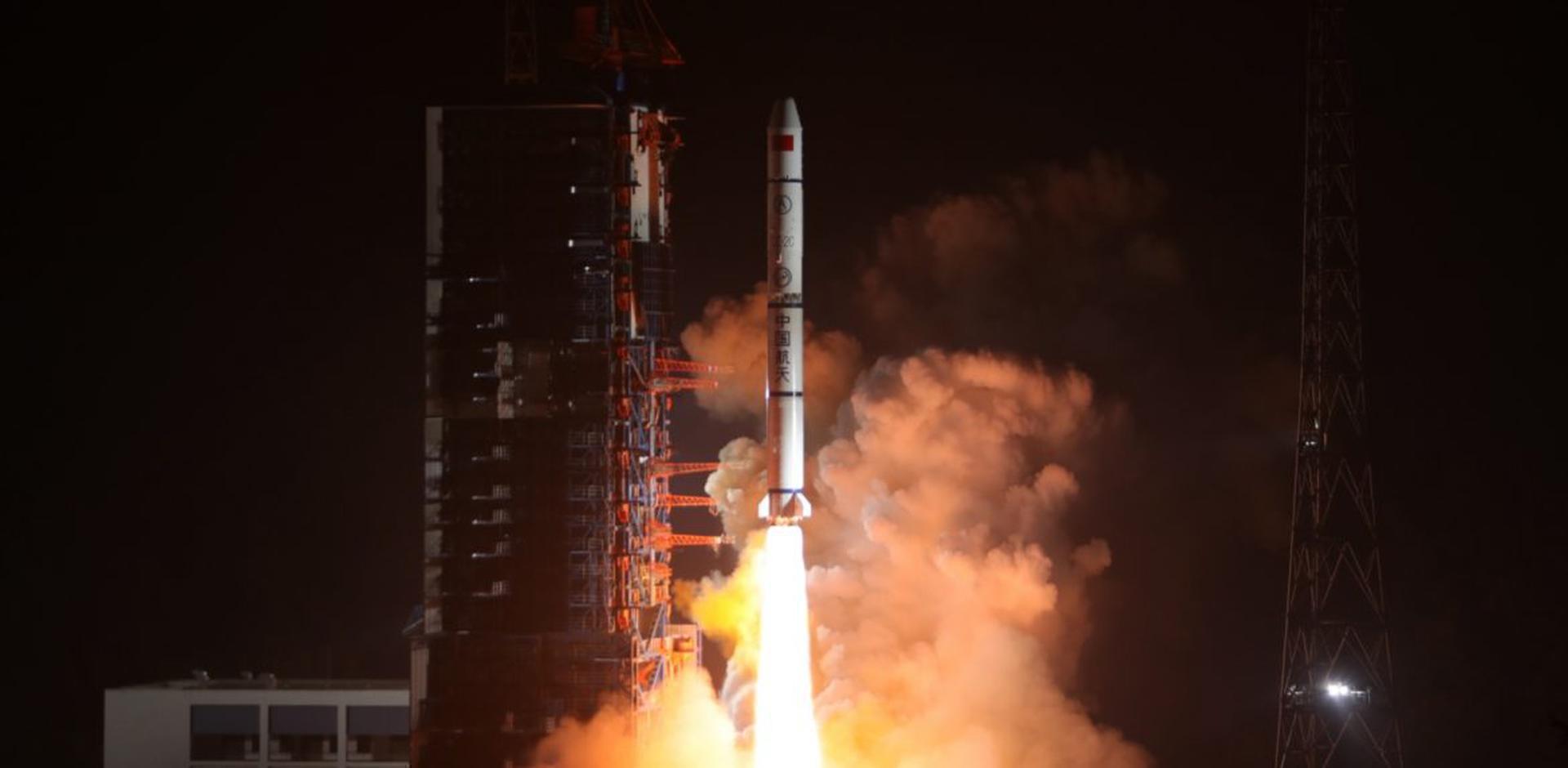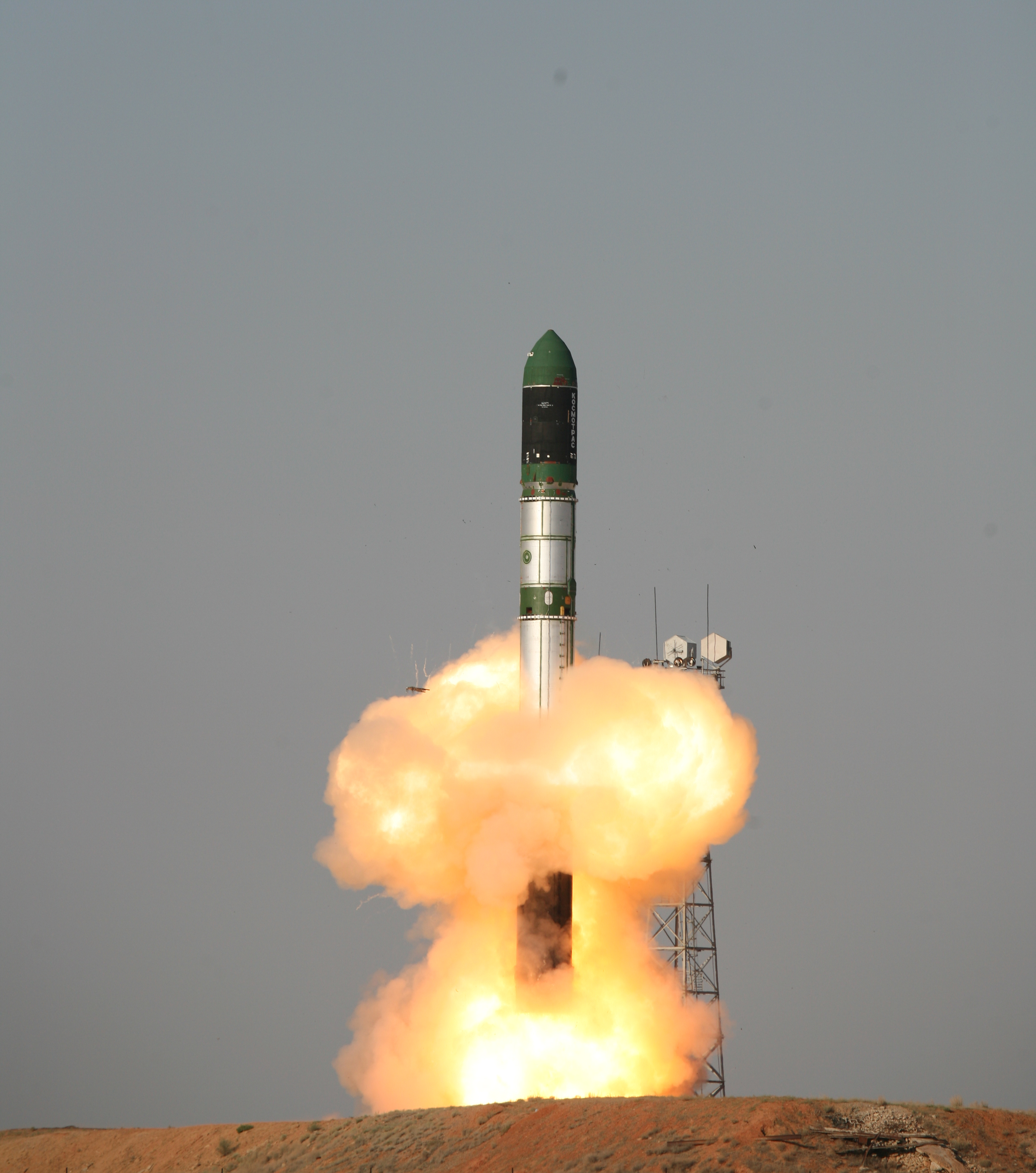Previous Spaceflight Launches
Filter by Agency, Locations or Vehicles
Show All LaunchesLong March 2F | Shenzhou-7
China Aerospace Science and Technology Corporation | ChinaJiuquan Satellite Launch Center, People's Republic of China
Sept. 25, 2008, 1:10 p.m.
Status: Launch Successful
Mission:
This is the third crewed mission for China's Shenzhou program. Shenzhou-7 began its mission by bringing Zhai Zhigang, Liu Boming and Jing Haipeng into low Earth orbit. It was the first Chinese mission to have a three-person crew. During their 3 days in orbit, astronauts performed a number of tasks, including the first Chinese EVA carried out by Zhai Zhingang and Liu Boming. Shenzhou-7 deorbited and landed safely back on Earth on 28 September.
Low Earth OrbitProton-M | Uragan-M 15 to 17
Khrunichev State Research and Production Space Center | RussiaBaikonur Cosmodrome, Republic of Kazakhstan
Sept. 25, 2008, 8:49 a.m.
Zenit | Galaxy 19
Sea Launch | RussiaSea Launch
Sept. 24, 2008, 9:27 a.m.
Proton-M Briz-M | Nimiq 4
Khrunichev State Research and Production Space Center | RussiaBaikonur Cosmodrome, Republic of Kazakhstan
Sept. 19, 2008, 9:48 p.m.
Soyuz U | Progress M-65
Russian Federal Space Agency (ROSCOSMOS) | RussiaBaikonur Cosmodrome, Republic of Kazakhstan
Sept. 10, 2008, 7:50 p.m.
Delta II 7420-10 | GeoEye-1
United Launch Alliance | United States of AmericaVandenberg SFB, CA, USA
Sept. 6, 2008, 6:50 p.m.
Long March 2C/SMA | Huan Jing 1A & 1B
China Aerospace Science and Technology Corporation | ChinaTaiyuan Satellite Launch Center, People's Republic of China
Sept. 6, 2008, 3:25 a.m.
Dnepr | RapidEye 1 to 5
ISC Kosmotras | RussiaBaikonur Cosmodrome, Republic of Kazakhstan
Aug. 29, 2008, 7:15 a.m.
Proton-M Briz-M | Inmarsat 4 F3
Khrunichev State Research and Production Space Center | RussiaBaikonur Cosmodrome, Republic of Kazakhstan
Aug. 18, 2008, 10:43 p.m.
Safir | Omid
Iranian Space Agency | IranSemnan Space Center, Islamic Republic of Iran
Aug. 16, 2008, 7:32 p.m.
